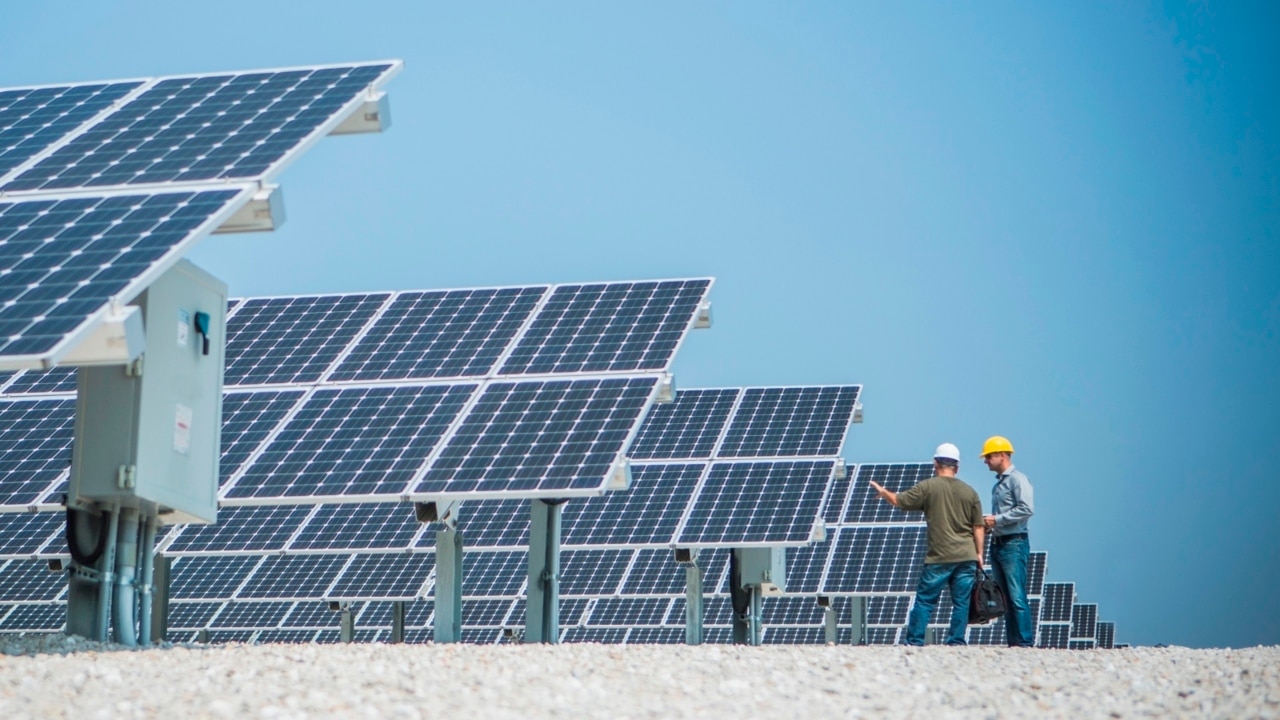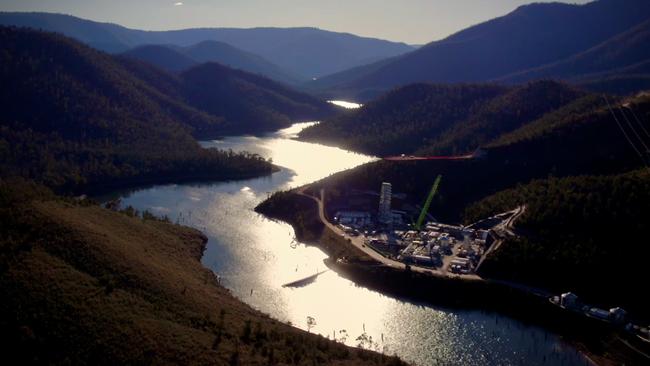NSW quietly moves to redefine long-duration energy storage
NSW has proposed a big change to underwriting projects which would encourage more batteries into the electricity system, but could curtail pumped-hydro developments.

NSW has quietly proposed to alter which energy storage projects it will underwrite as it seeks to hit its emission reduction targets and lower taxpayer liability, a drastic policy shift the industry says will sideline much-needed pumped hydro projects in the next decade.
The proposal by NSW is the latest policy reshape by authorities as they move to desperately accelerate Australia’s transition away from coal, but it deepens industry anxiety that policymakers are moving without adequate consideration of the unintended consequences of uprooting the market.
The federal government last year unveiled its centrepiece energy policy of underwriting the development of 32GW of renewable energy projects by 2030, a scheme that mimics state equivalents – most notably NSW’s Long-Term Energy Service Agreements.
NSW will continue to use LTESAs, which offer developers a minimum rate of return in exchange for limiting their upside.
However, the state has alarmed Australia’s energy industry by proposing a change to the type of projects it is prepared to underwrite.
Previously, NSW considered projects that could offer energy storage of up to eight hours – a threshold that would have included batteries and longer-duration pumped hydro. But NSW officials briefed the industry earlier this month that it was now considering changing the threshold to less than four hours.
Should the changes be adopted, NSW would effectively be signalling its intention to only underwrite batteries as part of its so-called flexible storage targets.
“Changing the rules will be a killer. We understand they want to hit 2030 targets, but Australia will need longer-duration storage too and how can we do any work and commit capital to projects that we don’t know whether there will be the capital support for them,” one senior industry executive said.

To be eligible for the federal scheme, known as the Capacity Investment Scheme, projects will need to be ready by 2030, a timetable that would be improbable for pumped hydro, which can take years to complete.
As a result, would-be developers had said the state scheme was the most viable avenue for support.
Several energy companies are working on potential pumped hydro projects.
AGL Energy last week said it was working on upgrading existing hydro facilities to pumped hydro, while the likes of ACEN has proposed a huge 12-hour pumped hydro project 35km west of Mudgee. EnergyAustralia is developing a pumped hydro in Lake Lyall, though this could be ready in 2029 and therefore may be eligible for the CIS.
Industry sources said the redesign underscored the desire by NSW to meet its 2035 target, which was becoming increasingly precarious, while also reducing taxpayer liability.
NSW has set an aggressive target of reducing emissions by 70 per cent by 2035, compared to 2005 levels.
Longer-duration storage projects such as pumped hydro are unlikely to be ready within the time frame, and such infrastructure projects are typically extremely expensive.
Underwriting pumped hydro will be expensive compared to batteries, but Australia’s energy industry universally accepts they will be critical to underpinning a renewable energy-dominated National Electricity Market.
Pumped hydro facilities work by using cheap, sometimes free electricity to pump large quantities of water uphill. When the sun sets and demand increases, the wholesale electricity price increases, and operators can release the water downhill, turning a turbine that produces electricity.
Although more expensive, they can run for much longer than batteries – which typically operate for four years or less.
Pumped hydro projects are considered a valuable but elusive complement to a grid that the federal Labor government hopes will be powered predominantly by renewable energy.
Labor has set a target of having renewable energy generate 82 per cent of Australia’s electricity by 2030, a target that will require 57GW of grid-scale solar and wind generation capacity to be installed by 2030 – a rise from the current capacity of 19GW.
But the grid will leave Australia exposed to so-called renewable energy droughts, exemplified by a trend seen in Victoria in recent months.
Victoria for several months has experienced well below average levels of wind generation, which has increased its dependency on other forms of electricity generation. During times when renewable energy generation is depressed, pumped hydro facilities could be activated – smoothing electricity generation output.
Potential new pumped hydro sites are limited, and only Snowy Hydro 2.0 has days-long capacity.
Snowy is scheduled to be finished by late 2027, a timetable that Snowy Hydro insists it is on course to meet. But there is widespread concern as one of its tunnel boring machines, Florence, is now wedged in hard rock, and chief executive Dennis Barnes has admitted he does not know when it can be dislodged.
Florence’s progress has already been painstakingly slow. It has in recent months been inching forward about 8m a day, much less than the 15m-a-day average target it must achieve to meet the 2027 forecast.
However, Mr Barnes insists the project is on track.








To join the conversation, please log in. Don't have an account? Register
Join the conversation, you are commenting as Logout